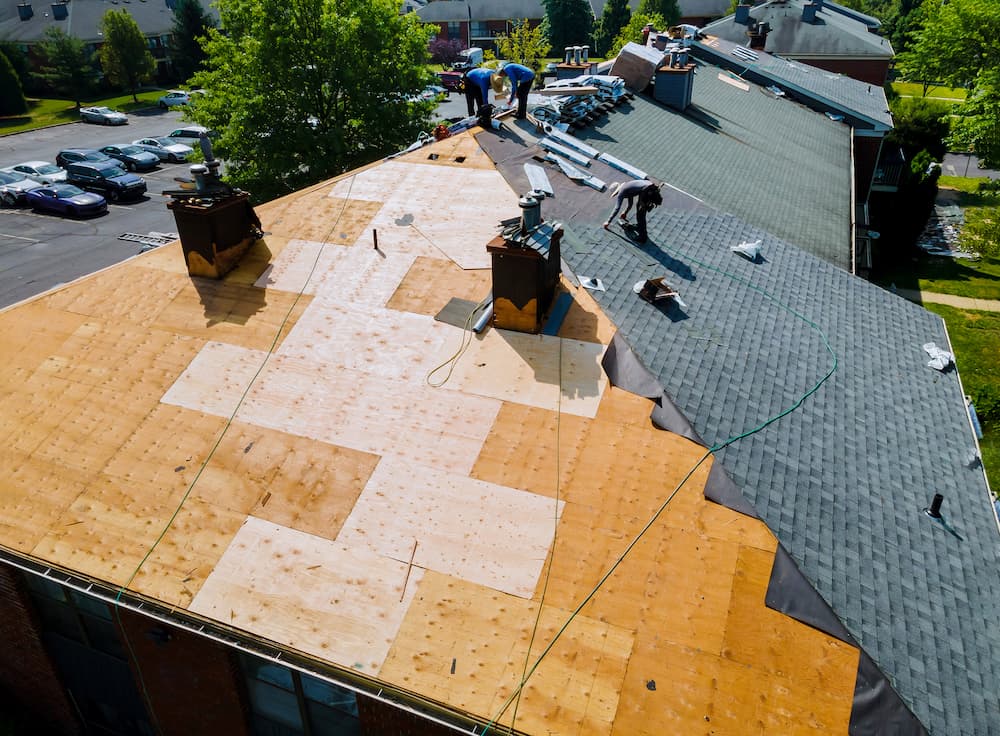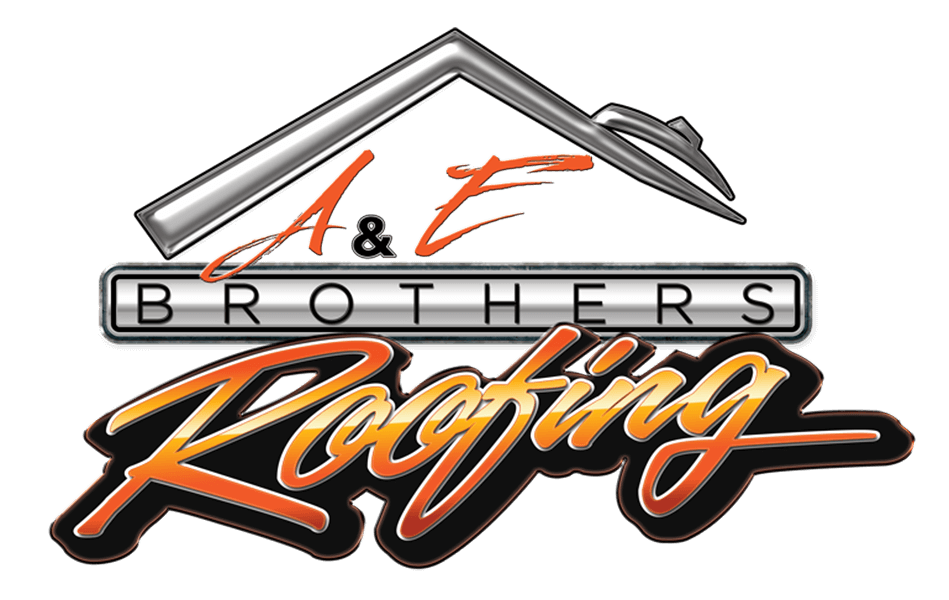
30 Jan How Often Should You Replace Your Roof?
Roof Replacement Signs for Miami. What You Should Know.
What Type of Roof Do You Have?
The type of roof you have is an indicator of the types of damage you could have and what to look for. Knowing the style of roof and the variety of roofing materials you have helps you anticipate the necessary maintenance and how often to replace a roof, as well as insight into your replacement choices. Let’s look at some of the different roof types to be better prepared to discuss your needs and issues.SLOPED ROOFS
Most traditional homes in Miami, FL, have a sloped roof. A sloped roof is defined by a pitch or slope of 3/12 or more. They are designed to shed water or snow and can have a variety of roofing materials.3-Tab Shingles
Classic asphalt shingles on most older homes are 3-tab shingles.Architectural Shingles
These shingles are more common in newer or recently re-roofed homes. They appear to have more texture or depth and come in many colors and styles. If you are discussing replacing your roof, you’ll have a choice to select architectural shingles.Metal Panels
Metal panels are a popular roofing option for homes, outbuildings, and businesses. They are not only durable but can be an attractive feature of your home. There are different styles of metal roofing, from corrugated to metal tiles to standing seam metal panels.Slate Shingles
A popular choice for older homes on the east coast, slate is a beautiful but fragile roofing material. Unfortunately, slate can become brittle and require a lot of maintenance and repair. If your roof is made from slate, be sure to keep to a regular maintenance and inspection schedule to be sure you don’t have undiscovered cracks that can lead to leaks and damage.Wood Shakes & Wood Shingles
Wood shakes and wood shingles were some of the original roofing materials. The difference between wooden shakes and shingles is in how they are made. Wood shingles are machine-made, with clean, smooth lines, while wood shakes are hand-made with some variance between them that gives a textured look. Though very attractive, they age differently than other materials, so it is best to keep an eye on them for signs of aging or damage.FLAT OR LOW-SLOPE ROOFS
Many commercial roofs are flat or have low slopes. A completely flat roof has a pitch of 0/12. A low slope roof has between a 1/12 and 2/12 pitch. Flat roofs are also often called rubber roofs due to the TPO or EDM rubber used to provide additional durability and water resistance.Understanding the Terminology
Before you start to look for signs of damage, it is essential to understand the different components of your roof:-
- Decking – The plywood reinforcement for your roof secures the nails from the shingles.
- Eaves – The straight, horizontal lines of your roof where it meets the gutters.
- Fascia – The boards you see behind gutters and under the roofline are called fascia boards. They help support the roof and bottom row of shingles or tiles. They are typically painted to match the rest of the home’s trim.
- Flashing – Flashing is the material that protects the edges around the base of a chimney, dormer, or roof vent. It is likely metal, but in older roofs, it could be tar.
- Hips – In sloped roofs, hips are the downward sloping, outward projecting intersections between two sloping panels.
- Rakes – The angled edges of your roof.
- Ridge – The highest and often longest horizontal line of your roof.
- Soffits – Soffit is the covering on the underside of the roof eaves that allow air to circulate through the roof and attic to protect against moisture damage while managing temperature.
- Roof vents – These enclosed units with four open sides draw air up through the roof from the soffit vents to prevent moisture buildup.
- Underlayment – Underlayment is the protective fabric between the decking and outer layer of the roof that provides additional weather protection.
- Valley – The opposite of hips, the valleys are inward projecting intersections between two sloping roof sections.
Signs Your Roof Needs Replacing
Though many Miami, FL homeowners find out they need a new roof when the rain starts pouring in, it doesn’t have to be that way. Luckily, if you know what to watch for, your home will give you some hints that indicate when to replace the roof. Take a walk around your house and check for any of the following signs.Check the Attic
Go into your attic with a flashlight and check out the eaves. First, turn off the flashlight and see if you can see any sunlight coming in. That’s hint number one that your roof isn’t protecting your home. Then, turn on the flashlight and see if you can see any streaks or water stains. If so, you may be experiencing small leaks and need to get your roof replaced.Check the Calendar
How long has it been since your roof was replaced? If your roof is 20-25 years old, it may be time for a replacement. Be sure and refer to your paperwork to note the type of roof and its expected life. An asphalt shingle should last up to 25 years, although a roof installed over another layer of shingles may need replacement at 20 years.Check the Shingles
If you have asphalt shingles, check to see that they lay flat with no curling or cupping. Also, check that there are no worn, faded, or bald spots where the granules are missing. Look for signs of cracking on wood or asphalt shingles that can let moisture through to your decking.Check the Flashing
Look for cracks or breaks in the flashing surrounding the chimney, vents, or skylights. If your flashing is not metal, it may be outdated and should be upgraded to newer and more durable metal flashing.Check the Slope
Do you notice that your roof seems to be sagging? If so, that could indicate you have rot in the supporting structure. You need to get this checked immediately.Check for Unexpected Vegetation
Moss, mold, or other fungi should not make their home on your roof. While the growth may not harm the roofing material, it is an indicator that trapped moisture exists that could damage your roofing material. It is time for your Miami, FL roofing professional to check for signs of damage.Check the Weather
Have you recently experienced severe weather with high winds or hail? If several of your neighbors are having their roofs replaced, call us to check the condition of your roof.Don’t Panic, A&E Brothers Roofing Is Here To Help!
If you discover any of these signs that your roof may need replacing, don’t panic. A&E Brothers Roofing has over 50 years of experience helping Miami, FL homeowners with their most urgent roofing problems. If you aren’t sure whether you have a problem or need an asphalt roof replacement, that’s ok.
Contact us today for fast, reliable, and reasonably priced service.
Featured Image: Ungvar/Shutterstock


